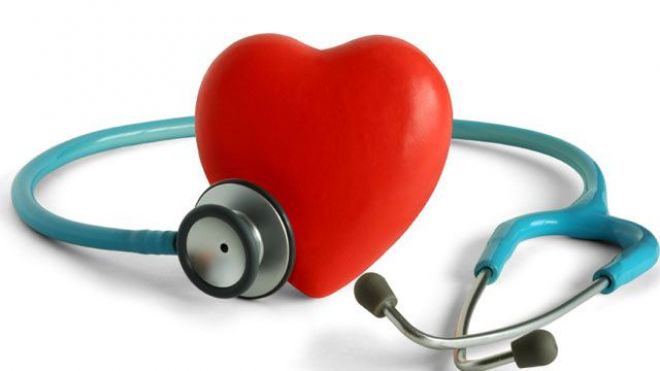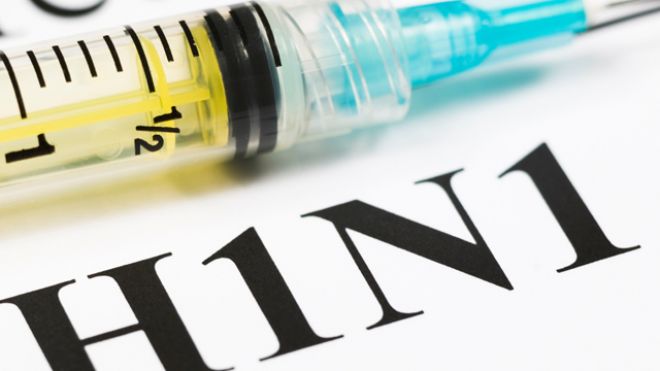
Americans accustomed to immediate access to the newest technology may be shocked to find that is not the case when it comes to devices that treat ailing hearts. U.S. approval requirements for cardiac devices are much more stringent than in Europe, where there is no centralized decision-making body. But a growing number of U.S. heart doctors feel the regulations are so demanding that patients are being denied access to beneficial therapies. From 2006 to 2011, European regulators approved mid-to-high-risk medical devices, including heart devices, an average of four years ahead of the more conservative U.S. Food and Drug Administration, according to a report last year by Boston Consulting Group. The quicker road to market in Europe did not lead to a discernible increase in recalls or safety problems, according to BCG and the California Healthcare Institute, which conducted the study, and Eucomed, the European trade group. “There is frustration among the U.S. investigators(researchers) and U.S. care providers around delayed access to certain interventions that appear to be a winner,” said Dr. Patrick O'Gara, a cardiologist with Brigham and Women's Hospital in Boston. An example cited by several doctors is a replacement for diseased heart valves made by U.S. device maker Edwards Lifesciences. The Sapien transcatheter aortic valve replacement (TAVR) system is particularly suited for elderly and frail patients, since it can be put in place via a catheter threaded through an artery rather than replacing a valve by cracking open the chest for heart surgery. “With this disease, if you wait two or three years, 60 or 80 percent of (patients) are dead. So not to have the most updated version of the device to treat more patients like this doesn't seem to be a particularly good idea,” said Dr. Martin Leon, director of the Center for Interventional Vascular Therapy at Columbia University Medical Center in New York. Heart disease remains the world's No. 1 killer. An estimated 500,000 Americans suffer from severely diseased heart valves, according to the American Heart Association. Many could be candidates for valve replacements. The approval delays are also costing device makers, such as Edwards and Medtronic Inc, hundreds of millions of dollars in potential sales while they are being asked to help pay for U.S. healthcare reform through new taxes. Dismay among heart doctors over delayed access to new devices gained momentum at this year's American College of Cardiology (ACC) meeting, which featured several U.S. clinical trials of devices long available in Europe. One top researcher at the meeting called the United States “a Third World country” when it comes to availability of cutting-edge heart devices. Only Edwards' original Sapien valve has U.S. approval - which it received in 2011, four years after Europe and elsewhere. European cardiologists have been using a next-generation version, which doctors find easier to maneuver into place and believe may cause less trauma to the artery, for three years. That is why Leon, who is co-lead investigator of U.S. clinical trials for both the original Sapien heart valve and the smaller, newer Sapien XT, sends some patients to Europe for treatment if he believes them better suited for the sleeker XT. Medtronic has a similar heart valve replacement awaiting U.S. approval that has been used in Europe since 2007. Asked at the ACC meeting if he found the situation frustrating, Dr. Gary Mintz, chief medical officer of the Cardiovascular Research Foundation in New York, shot back: “You mean because Algeria had TAVR before the U.S.?” “Even the FDA recognizes the problem, but they are answerable to Congress, not us,” Mintz said. FDA'S BID TO STREAMLINE The FDA requires proof of efficacy as well as safety through carefully controlled, randomized clinical trials before approving products, and may ask for long-term follow-up data. “We recognize that some of our regulatory requirements have been viewed as impediments compared to other parts of the world,” said Andrew Farb, medical officer in the FDA's division of cardiovascular device evaluation. The FDA is working on a new program to help streamline the path to U.S. approval that would involve the agency much earlier in device development - possibly discussing results with researchers after use in the first patient, according to Farb. The agency expects to publish this year its “early feasibility study guidance,” which it hopes will outline a path toward swifter reviews and approvals of devices in development in the United States, Farb said. “When you're starting a new way of thinking, getting this really ramped up is a challenge, but we're hopeful,” he said. Some companies, eager for faster returns on their investments, have moved early-stage device trials overseas, since they know they are likely to be able to begin selling the products there years earlier. That has added to delays of U.S. trials and approvals, Farb and others said. Enrolling patients in randomized U.S. trials mandated by the FDA is also being hampered by patient fear they would be put in a control group that did not get the new device, doctors said. Farb said the FDA is concerned by such trends and is seeking ways to move early-stage human trials back to the United States. EUROPE MAY SEEK TIGHTER CONTROLS In Europe, device makers must prove a product's safety to the satisfaction of one of some 80 designated regulator bodies and show it functions as intended. Effectiveness is determined through post-approval surveillance as it is used in patients. Some European politicians view the system as too lax and have called for a model closer to the U.S. “I think we need to meet somewhere in between,” said Dr. David Holmes, a cardiologist at the Mayo Clinic and a past ACC president, of the two regulatory systems. He said Europe may need to tighten its regulations without necessarily adding years to its process. One suggestion put forward by Eucomed - a device industry trade group that represents thousands of companies - and others would significantly cut the number of European regulators allowed to approve higher-risk devices. U.S. doctors are actively looking for ways to address the issue. “We need a coalition of involved, thoughtful and balanced individuals who see things on both sides of the equation and look for every opportunity to shorten this time line,” O'Gara said. Holmes said such a coalition, including researchers, manufacturers and physician groups like ACC and the Society of Thoracic Surgeons, is looking to work more closely with the FDA on the issue. He said the group is compiling a database of all patients getting TAVR to enhance understanding of the procedure's long-term performance and aid the FDA in making decisions. MILLIONS IN LOST SALES The approval lag means companies are leaving money on the table when it comes to their newest devices. Edwards' original Sapien sells for about $32,000 per patient and had U.S. sales of about $200 million in its first year on the market. Had it been available in the United States at the same time as Europe, the company could have rung up at least an additional $800 million in sales, said Joanne Wuensch, an analyst with BMO Capital Markets. “That assumes no growth, which is ridiculous, so that is an extraordinarily conservative number,” she said. Proving efficacy can be a lengthy process. St Jude Medical's Amplatzer Occluder device, used to close a tiny hole in the heart, is awaiting an FDA decision. The decisive U.S. trial, which was not deemed complete until a pre-specified number of patients suffered strokes or died, took eight years. Eucomed is campaigning to keep in place the system that brings new products to those markets earlier. “As you get physician experience developing, you also start immediately improving the product,” said Eucomed CEO Serge Bernasconi. “That explains why by the time it gets to market in the U.S., often in Europe we are already on the second or third generation.” Edwards, which considers the original Sapien valve to be obsolete and manufactures it only for U.S. use, expects European approval for its third-generation version by the end of 2013. Meanwhile, U.S. doctors still await its predecessor.source : http://www.foxnews.com/health/2013/05/28/heart-device-approval-delays-leave-us-doctors-frustrated/



